Blog:WGS-B0004
Country:India
City/Region:Shimla
Interest:Hill Station, Colonial
Best Time to Visit:March and June
Nearest Airport:Shimla Airport (SLV)
Table of Contents
Shimla colonial architecture touch
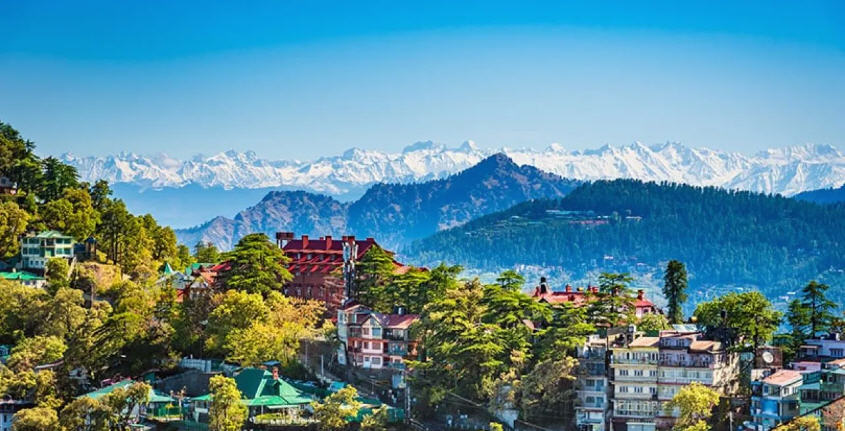
Step back in time and explore the colonial legacy of Shimla through its architecture. Feel the smooth, weathered stone of a British-era building, its surface bearing the patina of history. Trace the intricate carvings on a wooden balcony, imagining the craftsmanship of artisans from a bygone era. Admire the imposing facade of Viceregal Lodge, its grandeur a reminder of Shimla’s past as a summer retreat for British officials. Let the textures of Shimla’s colonial architecture tell stories of a bygone era.
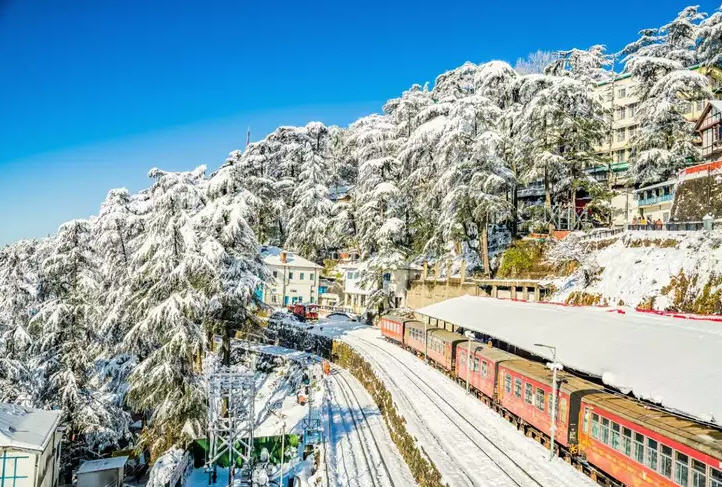
Shimla street food flavors
Discover the vibrant flavors of Shimla’s street food scene. Bite into a steaming momos, their savory filling bursting with spices and the warmth of ginger. Sample a crispy aloo tikki, the tangy potato patty drizzled with tamarind and mint chutneys. Savor the smoky char of grilled corn on the cob, its sweet kernels enhanced with a sprinkle of chili and lime. Let the flavors dance on your tongue, a culinary adventure reflecting the diverse influences of Shimla’s cuisine.
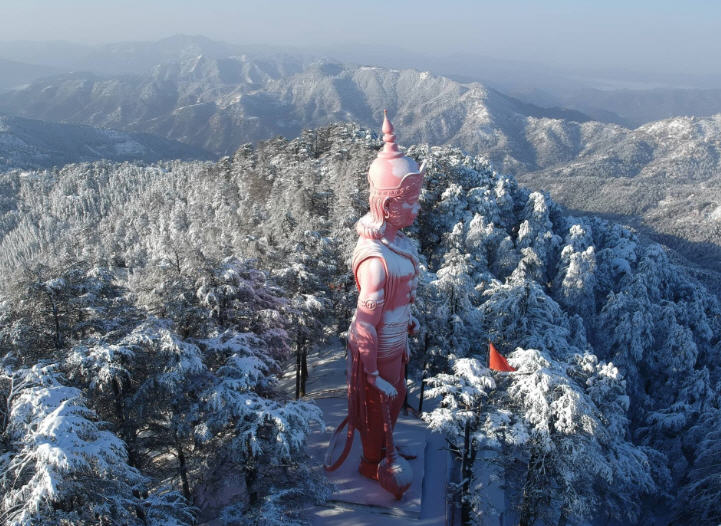
Shimla hidden cafes
Escape the bustle of Shimla and uncover its hidden café gems. Venture down winding alleyways, following the enticing aroma of freshly brewed coffee. Discover a cozy attic café, sunlight filtering through stained-glass windows. Stumble upon a rooftop hideaway offering breathtaking mountain views and the gentle sound of wind chimes. Delight in the unique flavors of each café, from traditional Indian chai to handcrafted pastries. Shimla’s hidden cafés offer intimate spaces for relaxation and sensory discovery.
Shimla bazaar sounds
Immerse yourself in the energetic buzz of Shimla’s bustling bazaars. Hear the lively chatter of shoppers and the rhythmic calls of vendors advertising their wares. Listen to the clinking of bangles, the rustling of silk, and the rhythmic pounding of hammers shaping metal. The air is thick with the aroma of spices, incense, and freshly baked goods. Let the vibrant sounds and energy of the Shimla bazaars wash over you, a thrilling sensory overload that captures the essence of the city.
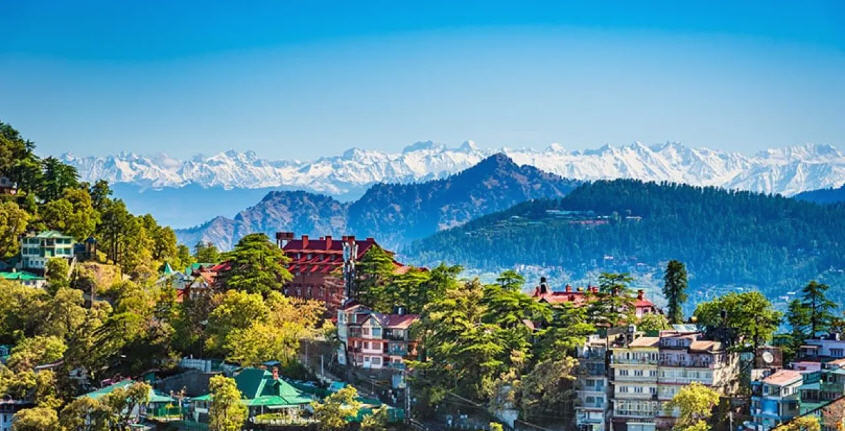
Shimla toy train ride experience
Embark on an enchanting journey aboard the Shimla toy train. Feel the gentle rocking motion as the train winds its way through stunning mountain landscapes. Hear the rhythmic chug of the engine and the occasional blast of its whistle echoing through the valleys. Listen to the excited chatter of fellow passengers as they marvel at the scenery. Gaze out the window at rolling green hills, quaint villages, and towering pine forests. Let the rhythmic sounds and movement of the Shimla toy train transport you to a simpler time, creating a magical travel experience.
Shimla monsoon season breeze
Experience the transformational beauty of Shimla during the monsoon season. Feel the refreshing coolness of the breeze on your skin, washing away the summer heat. Hear the drumming of raindrops on rooftops and the rustling of leaves stirred by the wind. Breathe in the earthy scent of petrichor, a fragrance unique to the monsoon. Witness the mist swirling around mountain peaks, creating an ethereal landscape. Let the textures and sounds of the Shimla monsoon awaken your senses, offering a unique perspective on the city’s charm.
Shimla heritage walk sounds
Discover the rich history of Shimla through a heritage walk guided by its soundscape. Hear the steady echo of your footsteps on cobblestone streets, worn smooth by the passage of time. Listen to the distant chime of church bells, a reminder of the city’s colonial past. Let the lively chatter of the marketplace transport you to a bygone era. The sounds of Shimla tell a story – of British influence, of vibrant local culture, and of the enduring spirit of this Himalayan hill station.
Shimla local musicians
Stumble upon the soulful sounds of Shimla’s local musicians. In a quaint café, hear the enchanting melodies of a traditional folk singer, their voice echoing with emotion. Feel the rhythm of a street drummer’s beat, its infectious energy drawing a lively crowd. Experience the captivating blend of strings and percussion as a band plays a mix of modern and traditional tunes. The music of Shimla is vibrant and diverse, adding a unique soundtrack to your exploration of the city.
Things To Do
- History buff – Explore Viceregal Lodge Museum, Arki Fort, and Himachal Pradesh State Museum.
- Adventure seeker – Go trekking in Glen, paragliding in Kufri, or rafting on the Sutlej River.
- Nature lover – Take a scenic walk through Chadwick Falls or Naldehra Hills.
Nearest Airport and Best Time to Visit
Nearest Airport:
Shimla Airport (SLV) do not show up in Expedia Group. Get the nearest which suits you.
Best Time to Visit:
For pleasant weather and stunning Himalayan views, visit Shimla between March and June. September to November offers a vibrant autumnal experience. December to February sees occasional snowfall, transforming the town into a winter wonderland.
This blog has hopefully painted a vivid picture of Shimla and ignited your desire to explore. Remember, this is just a taste of what awaits you! So, pack your bags, book your tickets, and embark on your own Shimla adventure, where history whispers in the mountain breeze and breathtaking panoramas leave you breathless.
Want to get in touch with us?
Questions you might have for this Blog
Feel free to ask questions.
General Questions:
If you have noticed any information that is not accurate, please let us know.
An Advertiser:
Your ads will be in the section below “Ads for Businesses”. Please also refer to the Subscription Plans tab.
For ads we would prefer your website presence where you would maintain your B2B price, deals or promotions etc. A control number link will connect to advertisers website.
Book Air and Hotel (Check for deals in our Ad Section below)

Shimla Airport (SLV) do not show up in Expedia Group. Get the nearest which suits you.
Travel Insurance
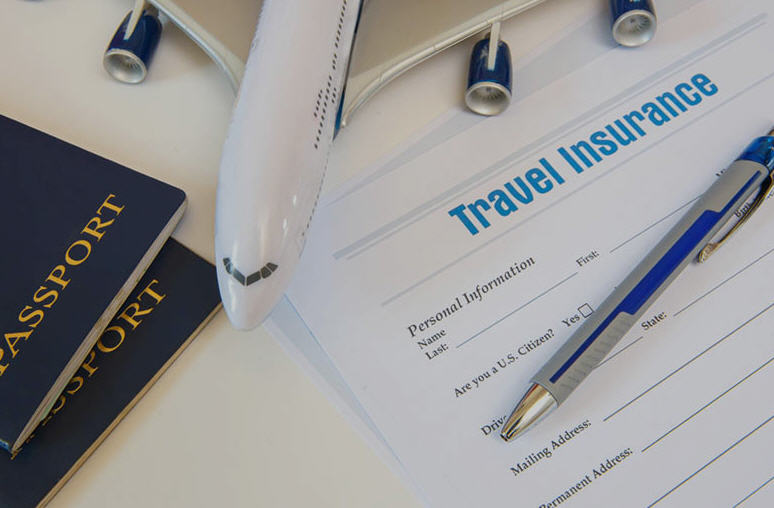
Travel Insurance:
InsureMyTrip : (https://www.insuremytrip.com/) This is a well-known online platform that allows users to compare and purchase travel insurance from various providers.
TravelGuard https://www.travelguard.com/) TravelGuard is a reputable company that offers comprehensive travel insurance plans and is often cited as a reliable source for purchasing travel insurance.
Squaremouth https://www.squaremouth.com/) Squaremouth is an authoritative website for comparing travel insurance policies and obtaining quotes from different providers, making it a valuable resource for travelers seeking coverage.
Ads for Businesses Nearby Related to this Blog
Shimla History
16th – Early 18th Centuries: The Rise of the Hill States
- Shyamala Devi Temple: Shimla derives its name from the goddess Shyamala Devi, a form of Kali. This ancient temple was a significant pilgrimage site and the area was largely covered in dense forests.
- Hill States: The region was composed of small hill states under local rulers. The area that would become Shimla likely fell under the control of various kingdoms during this period.
Early 19th Century: British Discovery and Development
- 1806: Gurkha Invasion: The Gurkha empire briefly conquers the Shimla region.
- 1815-16: Anglo-Gurkha War: The British East India Company defeats the Gurkhas and regains control of the area as part of the Sugauli Treaty.
- 1817: Exploration: The Gerard brothers, British officers, survey the region and describe Shimla as a small village.
- 1819: First British Residence: Lieutenant Ross builds a wooden cottage, signaling the beginning of the British presence.
- 1822: Kennedy House: The first permanent British residential structure is built.
Mid-19th Century: Transformation into the Summer Capital
- 1830s: Growing Popularity: British officials increasingly seek respite from the summer heat of the plains, turning Shimla into a fashionable retreat.
- 1864: Summer Capital Declaration: Shimla officially becomes the Summer Capital of British India, accelerating development.
- Infrastructure Improvements: The Hindustan-Tibet Road and later the Kalka-Shimla Railway are built, vastly improving accessibility.
Late 19th – Early 20th Centuries: Shimla’s Heyday
- Urban Development: Shimla expands rapidly with grand colonial buildings like the Viceregal Lodge, Christ Church, and the Gaiety Theater.
- Hub of Power: As the Summer Capital, Shimla becomes the center of the British Raj’s administration for significant parts of the year.
- Indian Independence Movement: Shimla plays a part in India’s freedom struggle, witnessing important conferences and figures.
Mid-20th Century- Present: Capital of Himachal Pradesh
- Indian Independence (1947): Shimla briefly serves as the capital of East Punjab.
- Formation of Himachal Pradesh (1971): Shimla becomes the capital of the newly formed state of Himachal Pradesh.
- Growth and Tourism: Shimla continues to expand as a major tourist destination and administrative center.
Important Notes:
- Detailed records of Shimla specifically are sparse before the British arrival. The history of the surrounding hill states provides broader context.
- Shimla’s development was heavily driven by the British desire for a cool hill station and their strategic interests in the region.
- Today, Shimla is a beloved destination, facing challenges of rapid urbanization and the need to balance its heritage with modern development.
Some interesting facts
- Summer Hills. There is a lot do and see in the picturesque town of Shimla.
- Indian Institute of Advanced Studies. The Indian Institute of Advanced Studies should be on your list of Places to See in Shimla.
- Annandale.
- Jakhoo hill.
- The Scandal Point, Ridge.
- Naldhera and Shaily Peak.
- Chadwick falls.
- Mall Road.
Madra. A Creamy Delight: One of the most iconic dishes in Shimla is Madra. This traditional Himachali dish features soaked and boiled chickpeas cooked in a rich, creamy gravy made from yoghurt and an assortment of aromatic spices.
Estimated Shimla Trip Cost
Here’s a rough breakdown: Accommodation: As mentioned earlier, the average cost per night can range from ₹2,500 to ₹8,000. So, for a 2-night stay, it could cost you approximately ₹5,000 to ₹16,000. Food: The cost of meals can vary depending on where you choose to eat.
It has colonial houses, market places, lakes and snow-capped mountains, making it picturesque. Shimla’s beauty increases abundantly during the winters. Being a capital city, Shimla is well-connected by all mediums of transport. It is a good place for adventure seekers and people looking for quiet time in nature’s lap.
An intoxicating drink made from the Shahi Variety of litchi with subtle undertones of rose petals. Every sip of this drink will leave your senses yearning for more!
Altitude Considerations: Both Shimla and Manali are at higher altitudes, so if you’re traveling from lower altitudes, it’s important to acclimatize gradually. Spend the first day in Shimla or Manali resting and avoiding strenuous activities. Stay hydrated and avoid alcohol.Aug 15, 2023
Known for its picturesque beauty, Shimla is not only a popular tourist destination but also one of the safest cities in India. Its low crime rate and serene environment make it an ideal place to live and work. Furthermore, Shimla offers excellent healthcare facilities and a comprehensive education system.




